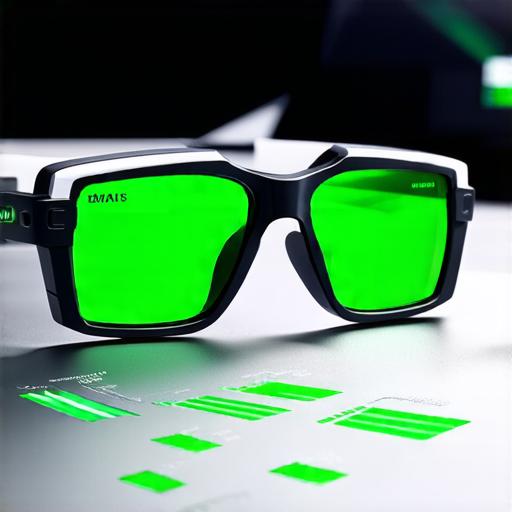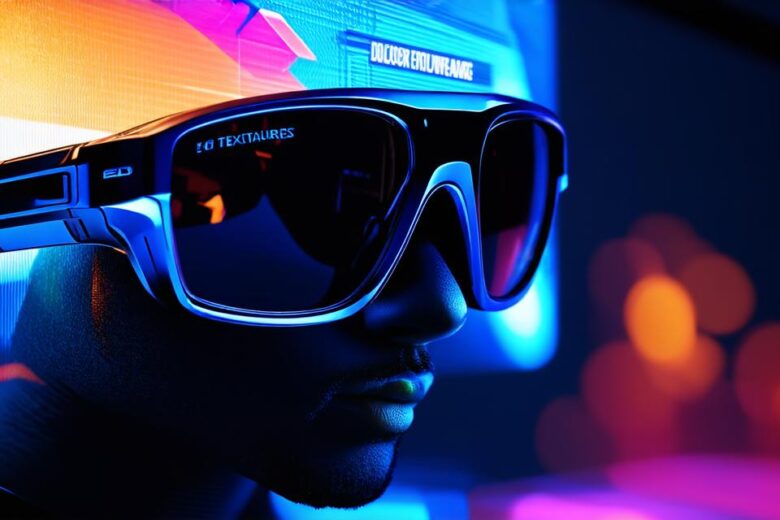
What is Augmented Reality?
Augmented reality (AR) refers to a technology that enhances or “augments” the real-world environment with computer-generated graphics and information. AR allows users to interact with digital objects in a way that feels natural and intuitive, creating an immersive experience that blends the physical world with the digital one.
How does Augmented Reality work?
AR works by using sensors such as accelerometers and gyroscopes to track the position of a device in the real-world environment. This information is then used to create a virtual overlay that is superimposed onto the camera feed of the device, allowing users to see digital objects in the physical world.
AR can be experienced through various devices such as smartphones, tablets, and glasses. Some AR apps use the camera on a device to capture the real-world environment and then overlay digital objects onto that environment. Other AR apps use sensors to track the position of a device in the real-world environment and then use that information to create a virtual environment that is superimposed onto the physical world.
Applications of Augmented Reality
AR has many applications across various industries, including:
- Education: AR can be used to provide students with interactive learning experiences that allow them to visualize complex concepts in a way that is easy to understand. For example, anatomy students can use AR to explore the human body in 3D.
- Gaming: AR games allow users to interact with digital objects in the real-world environment, creating an immersive gaming experience that blends the physical and digital worlds.
- Retail: AR can be used to enhance the shopping experience by allowing customers to see how products would look in their own home before making a purchase.
- Advertising: AR can be used to create interactive advertisements that allow users to interact with branded objects in the real-world environment.
- Medicine: AR can be used to assist in surgeries by providing doctors with real-time information about a patient’s condition.
Conclusion
Augmented reality is a powerful technology that has many applications across various industries. It allows users to interact with digital objects in the real-world environment, creating an immersive experience that blends the physical and digital worlds. As AR continues to evolve, we can expect to see even more creative and innovative uses of this technology.
